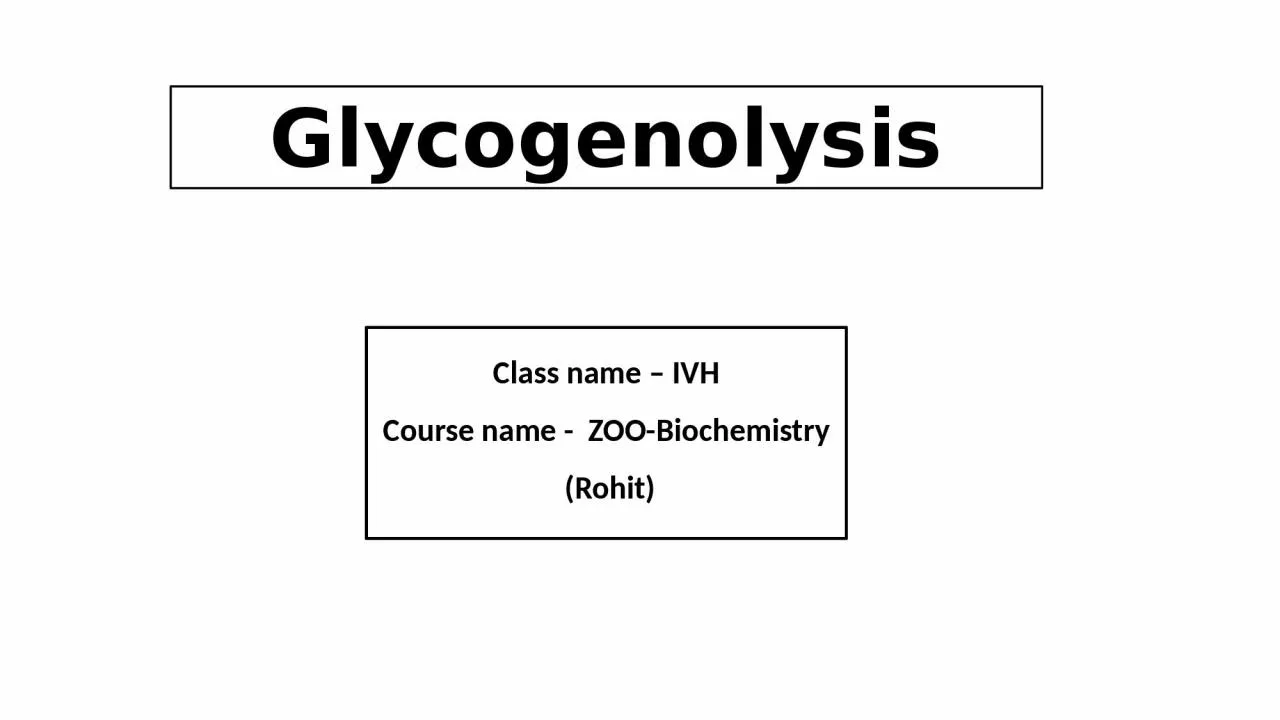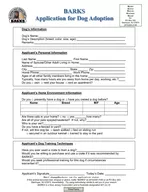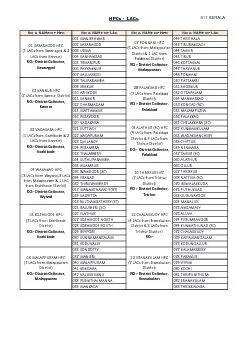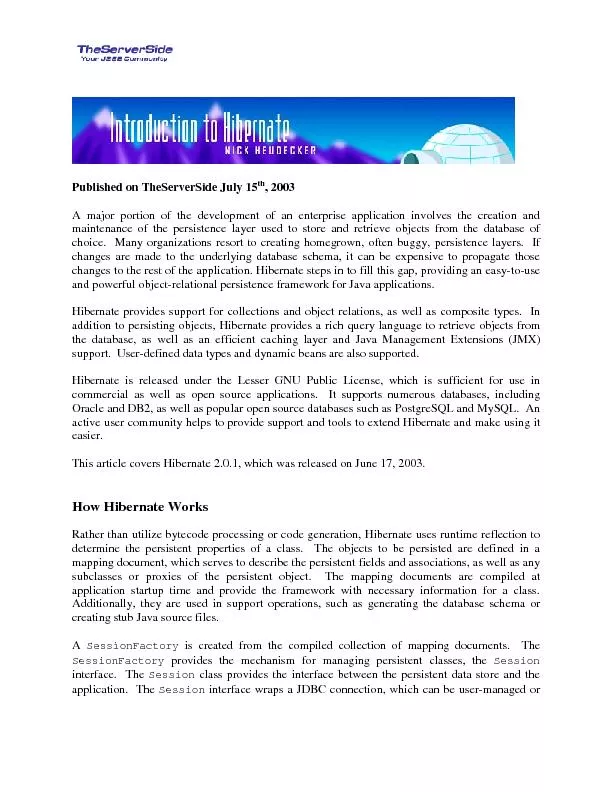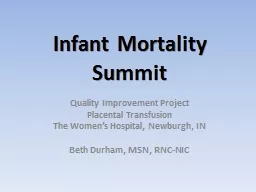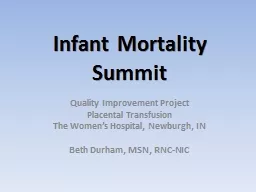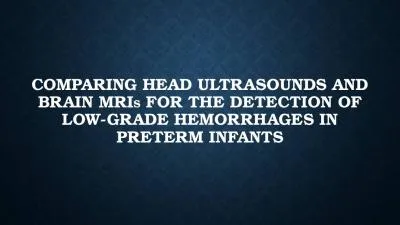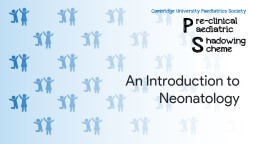PPT-Glycogenolysis Class name – IVH
Author : SillyGoose | Published Date : 2022-08-04
Course name ZOOBiochemistry Rohit Introduction In vertebrates glycogen is found primarily in liver and skeletal muscles Liver glycogen serves as a reservoir of
Presentation Embed Code
Download Presentation
Download Presentation The PPT/PDF document "Glycogenolysis Class name – IVH" is the property of its rightful owner. Permission is granted to download and print the materials on this website for personal, non-commercial use only, and to display it on your personal computer provided you do not modify the materials and that you retain all copyright notices contained in the materials. By downloading content from our website, you accept the terms of this agreement.
Glycogenolysis Class name – IVH: Transcript
Download Rules Of Document
"Glycogenolysis Class name – IVH"The content belongs to its owner. You may download and print it for personal use, without modification, and keep all copyright notices. By downloading, you agree to these terms.
Related Documents

